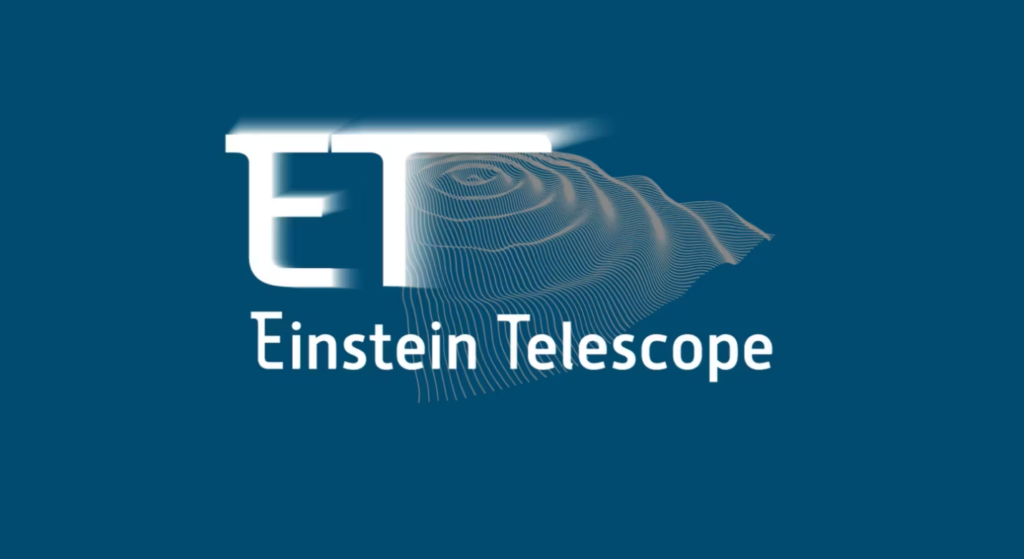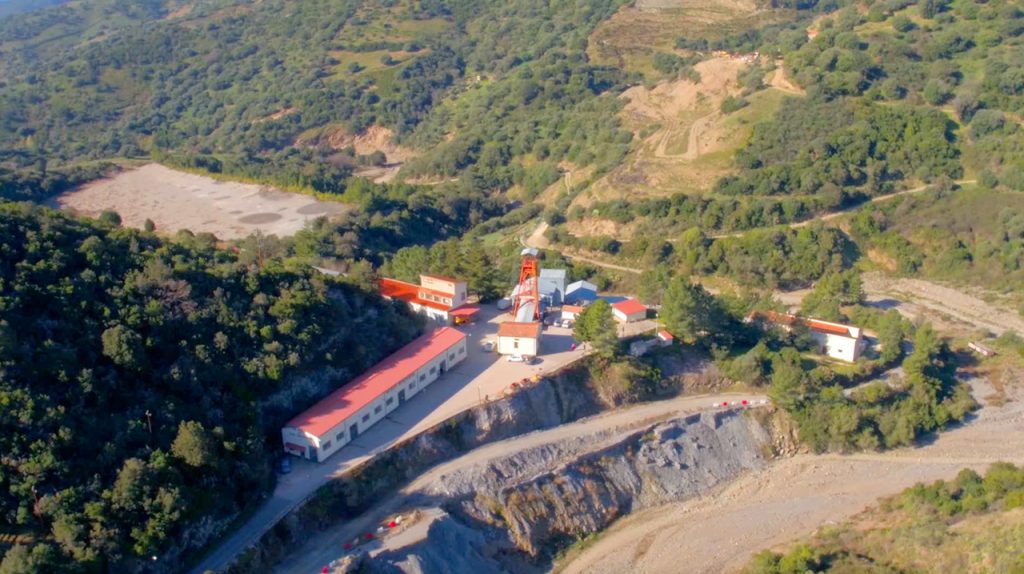
The Einstein Telescope (ET) is a proposed underground infrastructure to host a third-generation, gravitational-wave observatory. It builds on the success of current, second-generation laser-interferometric detectors Advanced Virgo and Advanced LIGO, whose breakthrough discoveries of merging black holes (BHs) and neutron stars have ushered a new era of gravitational-wave astronomy.
The ET will achieve a greatly improved sensitivity from hertz to kilohertz frequencies by increasing the size of the interferometer from the 3 km arm length of the Virgo detector to 10-15 km, and by implementing a series of new technologies. These include a cryogenic system to cool some of the main optics to 10 – 20 K, new quantum technologies to reduce the fluctuation of the light, and a set of infrastructural and active noise-mitigation measures to reduce environmental perturbations.
This, in turn, will allow the observatory to explore the Universe through gravitational waves up to the cosmological dark ages for the first time, shedding light on open questions of fundamental physics and cosmology, such as probing black-hole horizons, which will allow to test both general relativity and quantum gravity, and investigating the nature of dark matter (via primordial BHs, axions etc) and of dark energy.
In addition, ET will observe the neutron-star inspiral phase and the onset of tidal effects with a high signal-to-noise ratio, thus providing unprecedented insight into the internal structure of neutron stars and probing fundamental properties of matter in a completely unexplored regime (QCD at ultra-high densities and possible exotic states of matter).
ET will operate together with new generation neutrino and electromagnetic observatories covering the band from radio to gamma rays, giving an unprecedented complete picture of the Universe.
At present, three sites have been proposed for the construction of the observatory: Sardinia, near the disused Sos Enattos mine; the Euregio Meuse-Rhine region at the border of the Netherlands, Belgium, and Germany; and, more recently, Lusatia in Saxony. Site selection is expected in 2026, and observations are projected to begin between 2035 and 2040.

References
[1] https://iopscience.iop.org/article/10.1088/1475-7516/2023/07/068
























































































